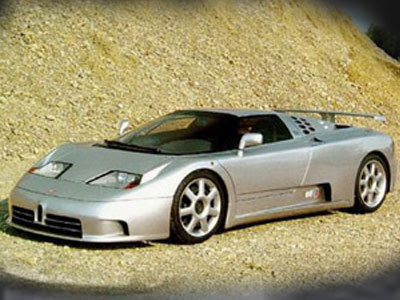2012 Bugatti Veyron Super Sport Cars Black Carbon and Grand Sport Cars White Matt Blue Carbon
At the Shanghai Auto Show 2011 Bugatti launched two awesome new special edition models are developed for the Chinese market. Both the special edition model is the 2012 Bugatti Veyron Super Sport Cars Black Carbon and Grand Sport Cars White Matt Blue Carbon standout among the crowd of the exhibition.
2012 Bugatti Veyron Super Sport Cars Black Carbon and Grand Sport Cars White Matt Blue Carbon
The unveiling also marks the fastest production car in the world, the newer Veyron Super Sport's, debut in Asia and as such one of the special edition models is based on this rarest of rare cars.
The Bugatti Veyron Super Sport car presented in Shanghai is labeled the Black Carbon and not surprisingly is finished completely in black visible carbon fiber. The details in the polished and anodized aluminum set a striking contrast as the outer surfaces of the alloy wheels and the EB logos on wheel caps, fuel filler cap and rear lid.

2012 Bugatti Veyron Super Sport Cars Black Carbon and Grand Sport Cars White Matt Blue Carbon
The Black Carbon, such as painted version of the ultra-hyper Super Sport Veyron, the whole is almost made of carbon. This special edition accented with a chrome stainless. As A and C roof pillars, wheels and tailpipes kalpot. The doors and center console all the dressing up of carbon fiber.
The interior of the Super Sport Car Black Carbon is draped in two-tone “Snow Beige” and “Beluga Black”. Carbon fiber continues as a defining theme inside as well, sheathing the doors and inset in the central console. The rest is in highly exclusive “Snow Beige” leather.

2012 Bugatti Veyron Super Sport Cars Black Carbon and Grand Sport Cars White Matt Blue Carbon
The second special edition, meanwhile, is based on the open-top Veyron Grand Sport Car and is labeled the Matte White Blue Carbon. It gets blue carbon fiber elements on its lower section, as well as a special blue finish for its alloy wheels. The blue color also dominates the car’s interior, along with white stitching on seats, steering wheel and gear lever and an aluminum console. This vehicle has been specially built by the Bugatti customization team to its destined owner‘s exact specifications.
2012 Bugatti Veyron Black Carbon Super sport car using machines feature the same 8.0-litre quad-turbo W16 engine outputting a colossal 1200PS (882kW) of power and 1500Nm of torque; enough to pull the beast to an electronically limited top speed of 415km/h. 2012 Bugatti Veyron Grand Sport Car White Matt Blue Carbon on display is based on the drop-top version of the Veyron and features the ‘normal’ 8.0-litre quad-turbo W16 engine outputting just 1001hp (746kW) of power. It’s top speed is limited to 407km/h, or 360km/h with the roof open.

2012 Bugatti Veyron Super Sport Cars Black Carbon and Grand Sport Cars White Matt Blue Carbon
Bugatti has said one-off Super Sport Black Carbon with 16-cylinder engine features a total output of 1200 HP and 1500 Nm of torque. Super Sport will sprint from 0 to 60 mph in just 2.5 seconds and top speed limited to 407km / h or 360km / h with the roof open.Bugatti will build just one vehicle unit is beautiful and to make matters worse, a model that has been sold to customers in China.




















